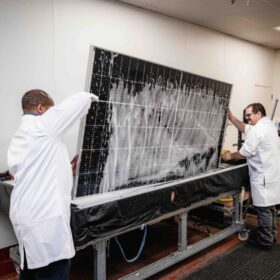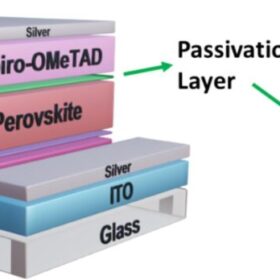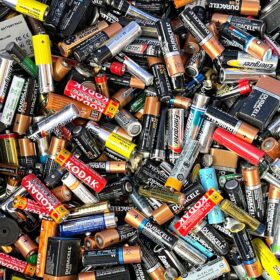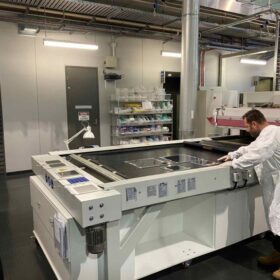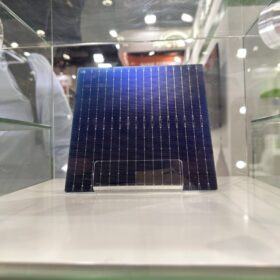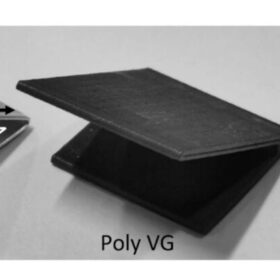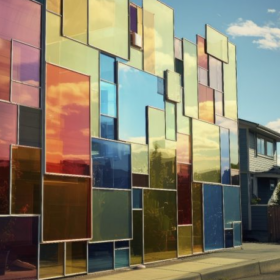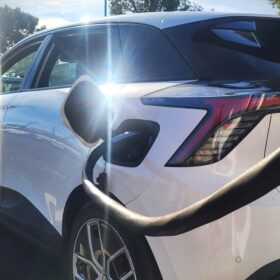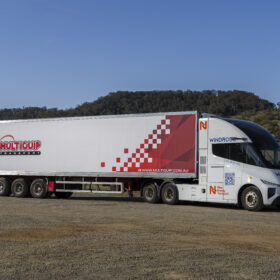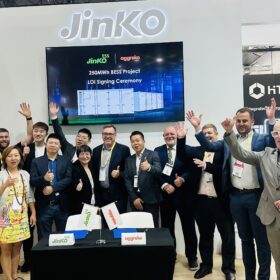PVEL scorecard shows ‘relevant risks’ for TOPCon technology
The results of this year’s Kiwa PVEL scorecard have shown that TOPCon technology is more vulnerable than PERC, and the failure rate at bill of materials has increased to 41%, the highest in history, according to the testing lab.
New passivation strategy increases efficiency of chloride-iodide-based perovskite solar cells by 15%
Although local defects in chloride-iodide-based perovskite are hard to avoid due to ion migration, a group of scientists from the University of New South Wales has found a way to passivate them. They used different combinations of 4-chlorobenzylammonium chloride and 4-chlorobenzylammonium bromide on top of the hole transport layer and reached up to 15% improvement in efficiency.
New research shows vulnerability of TOPCon solar cells to contact corrosion
Researchers at the University of New South Wales claim to have identified new TOPCon contact degradation mechanisms that are significantly influenced by the combination of ions and aluminum-silver paste compositions. The primary degradation mechanism was a significant increase in series resistance.
UNSW researchers cook up recipe for better, more sustainable batteries
Researchers at the University of New South Wales have developed a battery component using food-based acids found in sherbet and winemaking, that could make lithium-ion batteries more efficient, affordable and sustainable.
Researchers on a roll chasing 30-second perovskite cell annealing time
In a laboratory setting, researchers from two Sydney-based universities are working to dramatically reduce time to anneal pervoskite cells, paving the way to replace toxic disposable battery sensors with a sustainable power source.
UNSW team sheds new light on solar cell efficiency
A team of researchers from the University of New South Wales is confident it can get silicon solar cells to a power conversion efficiency above 30% by integrating a process that splits particles of light, or photons, into two smaller energy chunks.
All solar cell efficiencies at a glance – updated
The research group led by University of New South Wales Scientia Professor Martin Green has published Version 64 of the solar cell efficiency tables. There are 19 new results reported in the new version.
UNSW team creates vortex generators for passive solar module cooling
University of New South Wales researchers have created vortex generators that can reportedly reduce the operating solar module temperature by up to 2.5 C. They built two different prototypes, based on aluminum and a conductive 3D printable polymer, and tested them under several scenarios in an experimental setting deployed in Sydney.
Solar windows, flexible film and PV paint tipped to provide power of future
More than half of Australia’s electricity demand is expected to be met by solar by 2050 but not as we know it with an industry expert tipping solar windows, photovoltaic paint, printed film, and more efficient tandem cells will play a key role.
Researchers roll out algorithms to target underperforming panels
A team of Australian researchers has developed multi-stage algorithms they say can remotely detect and accurately diagnose underperforming solar panels in residential and commercial PV systems.
